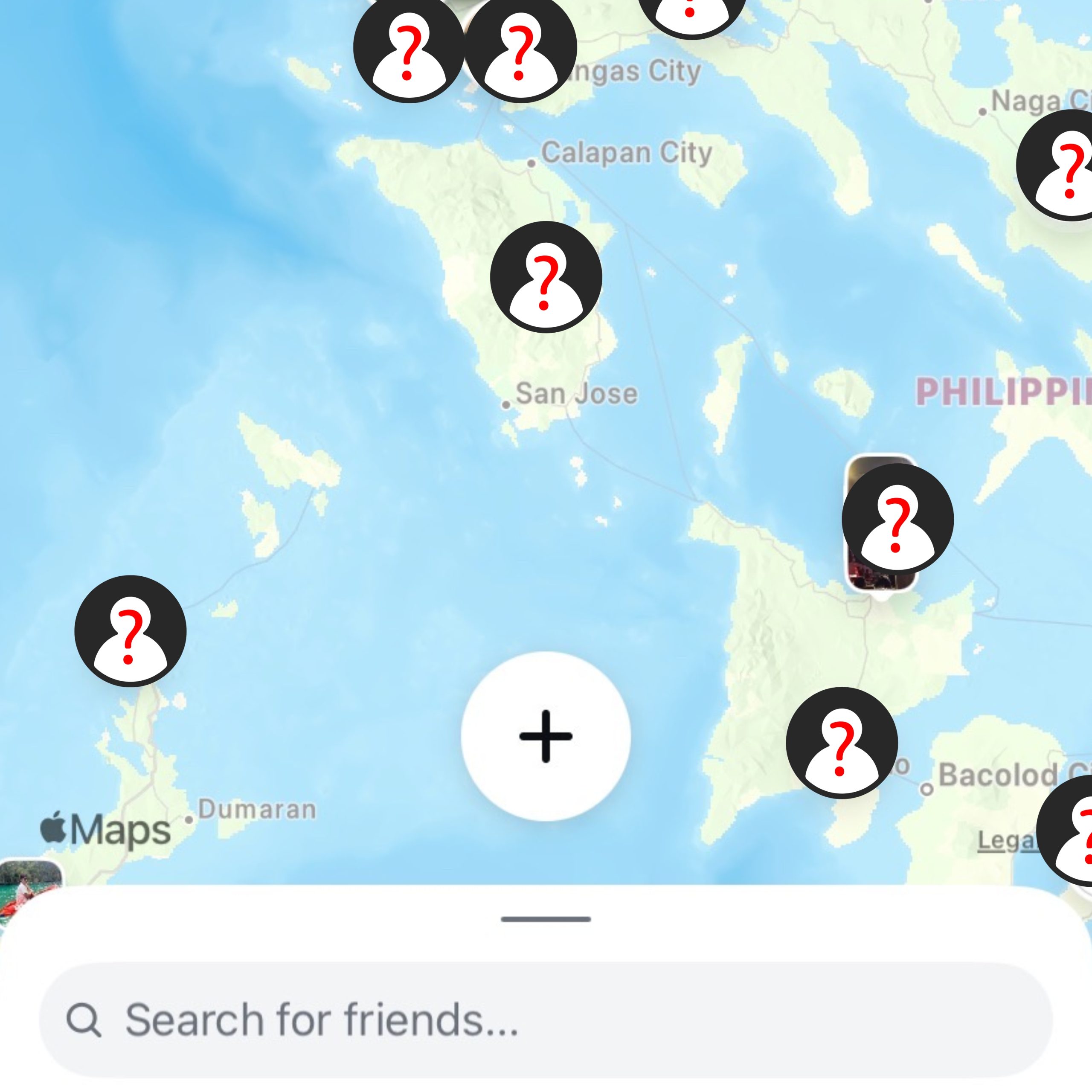Trends and Features
Instagram Location Sharing: Is It Safe or Useful?
Ever posted a perfect sunset photo and tagged the exact beach you were standing on — without thinking twice? Or maybe you’ve scrolled through someone’s story and instantly knew exactly where they were, down to the café table. It’s subtle, almost automatic. But here’s the thing:
Ever posted a perfect sunset photo and tagged the exact beach you were standing on — without thinking twice? Or maybe you’ve scrolled through someone’s story and instantly knew exactly where they were, down to the café table. It’s subtle, almost automatic. But here’s the thing:
In the fast-paced world of Instagram, where moments are captured and shared in real time, location sharing has become a quiet but powerful feature. It helps people discover cool spots, support businesses, and relive memories. But beneath the surface, it also opens a door — sometimes for the wrong people.
So let’s ask the big question:
Is Instagram location sharing actually safe? Or is it just another useful tool in the social media toolbox?
Let’s unpack both sides of this digital coin.
The Useful Side: Why People Love Location Tags
- Want to find a hidden taco truck in L.A. or a rooftop bar in Tokyo? Location tags can lead the way — they’re like breadcrumbs for adventurers.
- Creators, influencers, and brands use location tags to appear in local searches and reach new audiences.
- Let’s be honest — tagging that trendy art museum or that exclusive concert adds a bit of clout to your feed.
- For those who treat Instagram like a visual journal, tagging places helps keep a timeline of where life took you.
But Here’s the Catch: Safety Risks Lurking Behind the Scenes
- You’re Broadcasting Your Location: When you tag your location while still there, you’re essentially saying: “Hey, I’m here right now.” That’s great for friends — and potential strangers.
- Pattern Recognition: Tagging the same gym every morning or the coffee shop near your house can unintentionally expose your routine.
- Public Profiles = Public Trails: If your account isn’t private, anyone can see your tagged locations. That includes people you don’t know or trust.
- Metadata May Still Reveal You: Even without tagging a place, Instagram can suggest locations based on your device’s data — unless you actively restrict permissions.
Tips to Use It Smarter (and Safer)
- Delay Your Tags: Post your location-tagged content after you’ve left the area.
- Review Your Followers: If your profile is public, know that anyone can access your content. Consider switching to private or regularly cleaning up your follower list.
- Customize App Permissions: Disable “location access” for Instagram when you don’t need it.
- Keep Private Locations Private: Avoid tagging your home, school, or places you frequent alone.
Conclusion
Instagram location sharing is a double-edged sword — one that blends connection with exposure. On one hand, it’s a powerful way to discover new places, boost content visibility, and preserve digital memories. On the other, it can quietly compromise your privacy if used without care.
As Instagram continues to evolve, it’s already testing features like “Friend Map,” which would allow users to share real-time location with select connections. The good news? This update comes with added privacy controls, letting users decide who gets to see where they are — from close friends to mutual followers only. There’s no official rollout date yet, but it’s a clear signal that location sharing is here to stay — just in a more curated way.
Use the feature with intention. Be aware of what you’re sharing, who you’re sharing it with, and when you’re doing it. In a digital world that moves as fast as your feed, staying safe is just as important as staying social.
So the next time you drop a location tag, make sure it’s one you won’t regret later.

